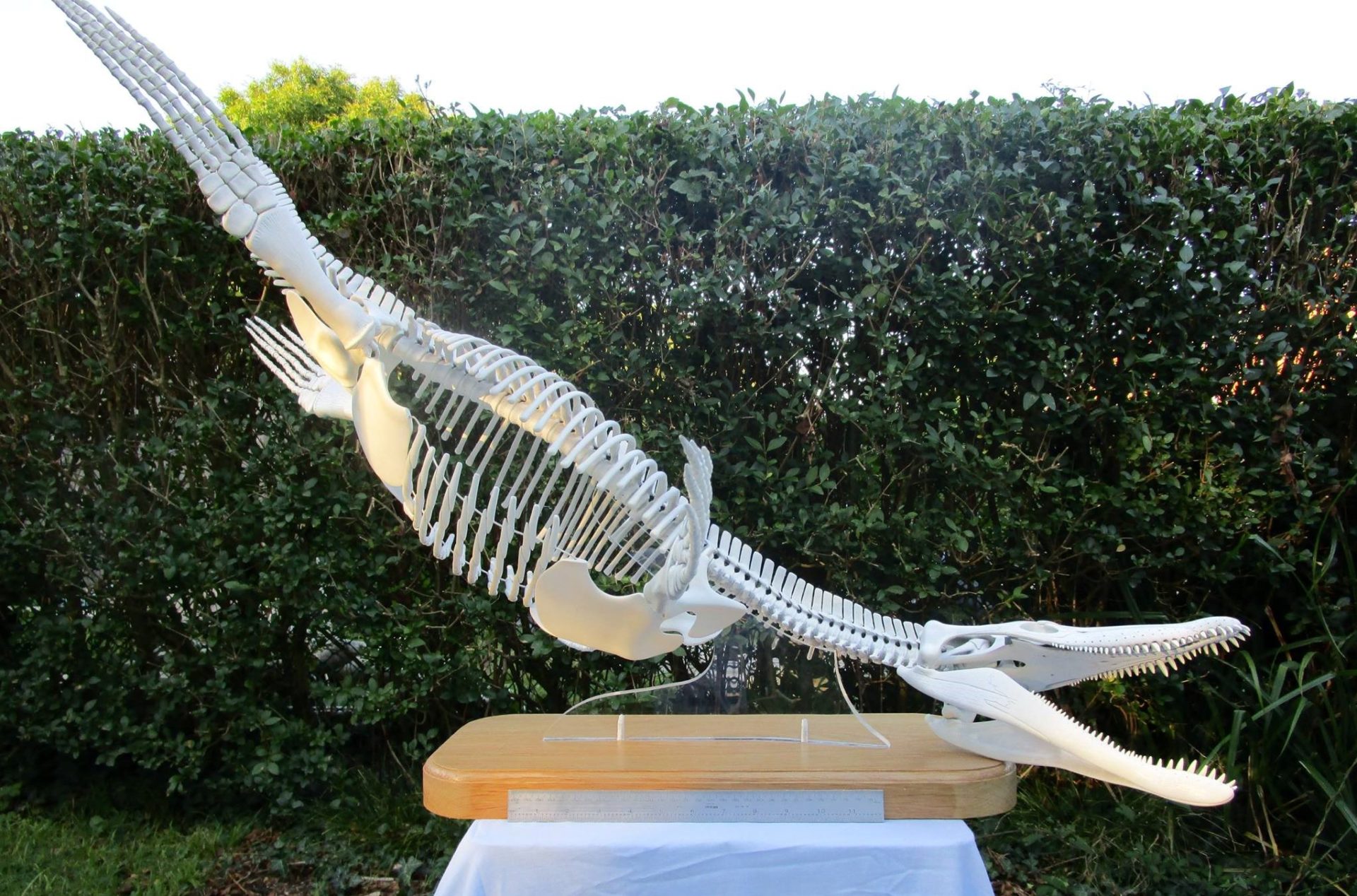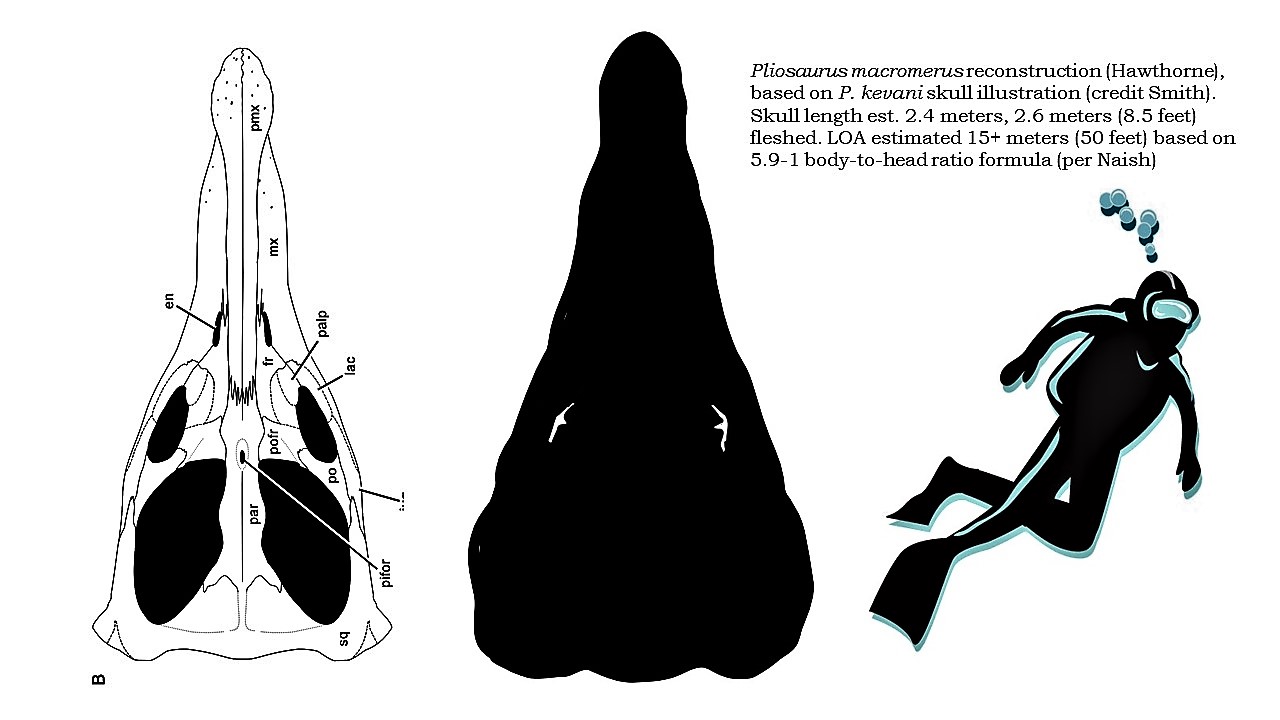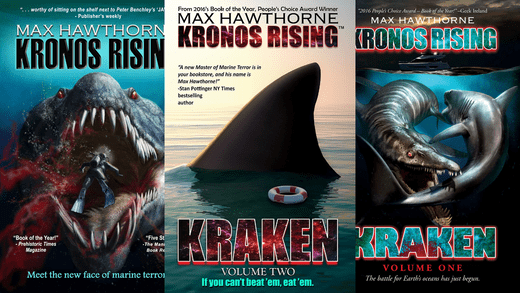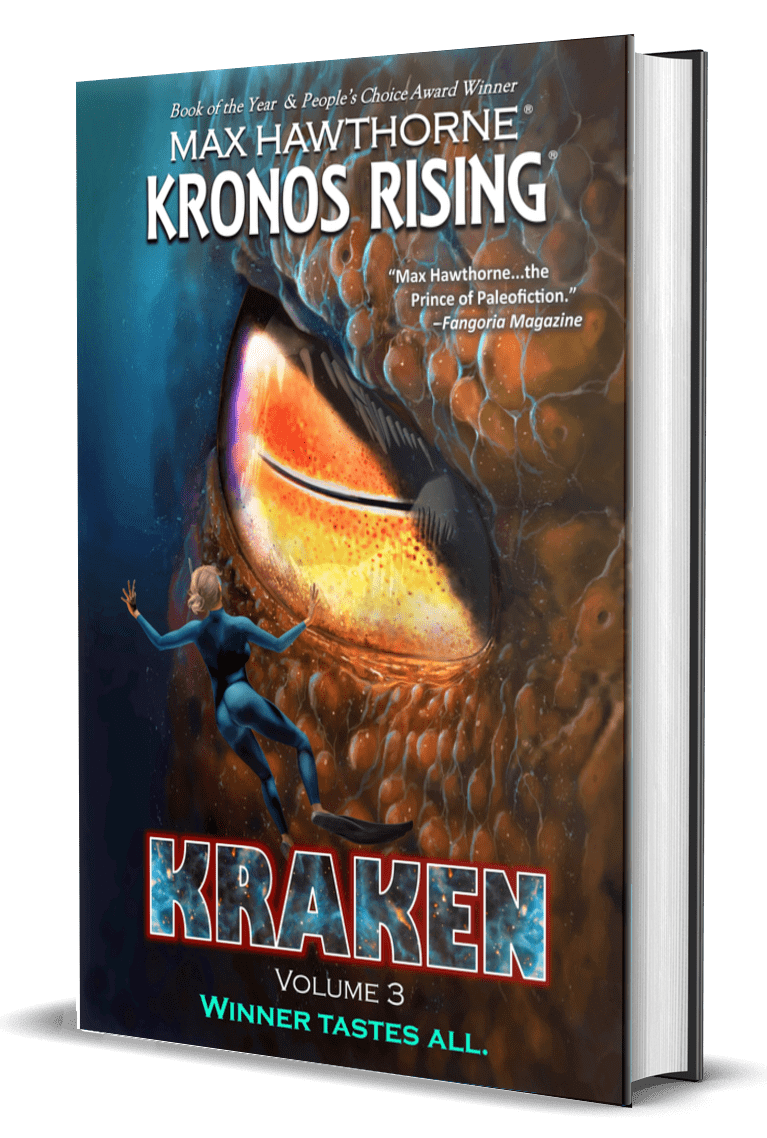APEX PREDATOR SPOTLIGHT: PLIOSAURUS MACROMERUS (Pliosaurus rossicus)
by Max Hawthorne
Pliosaurus macromerus (quite possibly a nomen dubium, per Benson et al 2013, in reality Pliosaurus rossicus instead) was a large Thalassophonean (“sea slayer”), or macropliosaur, that lived during the Kimmeridgian and Tithonian stages of the late Jurassic period, from approximately 155.7-144 Ma. Macromerus, meaning “long thigh”, refers to the initial find, a large femur (OUMNH J.12498) and a series of unassociated vertebrae.
Pliosaurs in general are known by few fossilized remains, most likely due to the fact that the animals were deepwater predators that patrolled large swaths of territory offshore. Unlike more commonly defined super predators like the extinct mackerel shark C. megalodon and its ilk, which moved into shallow water nurseries to birth their pups and shed teeth constantly, pliosaurs, whose miniaturized labyrinths indicate numerous parallels to modern cetaceans*, most likely gave birth out at sea, like extant whales. Additionally, their teeth were deeply-rooted into girder-like jaws and rarely lost. As a result, even tooth material tends to be extremely limited, with some species being diagnosed from as little as individual bones.
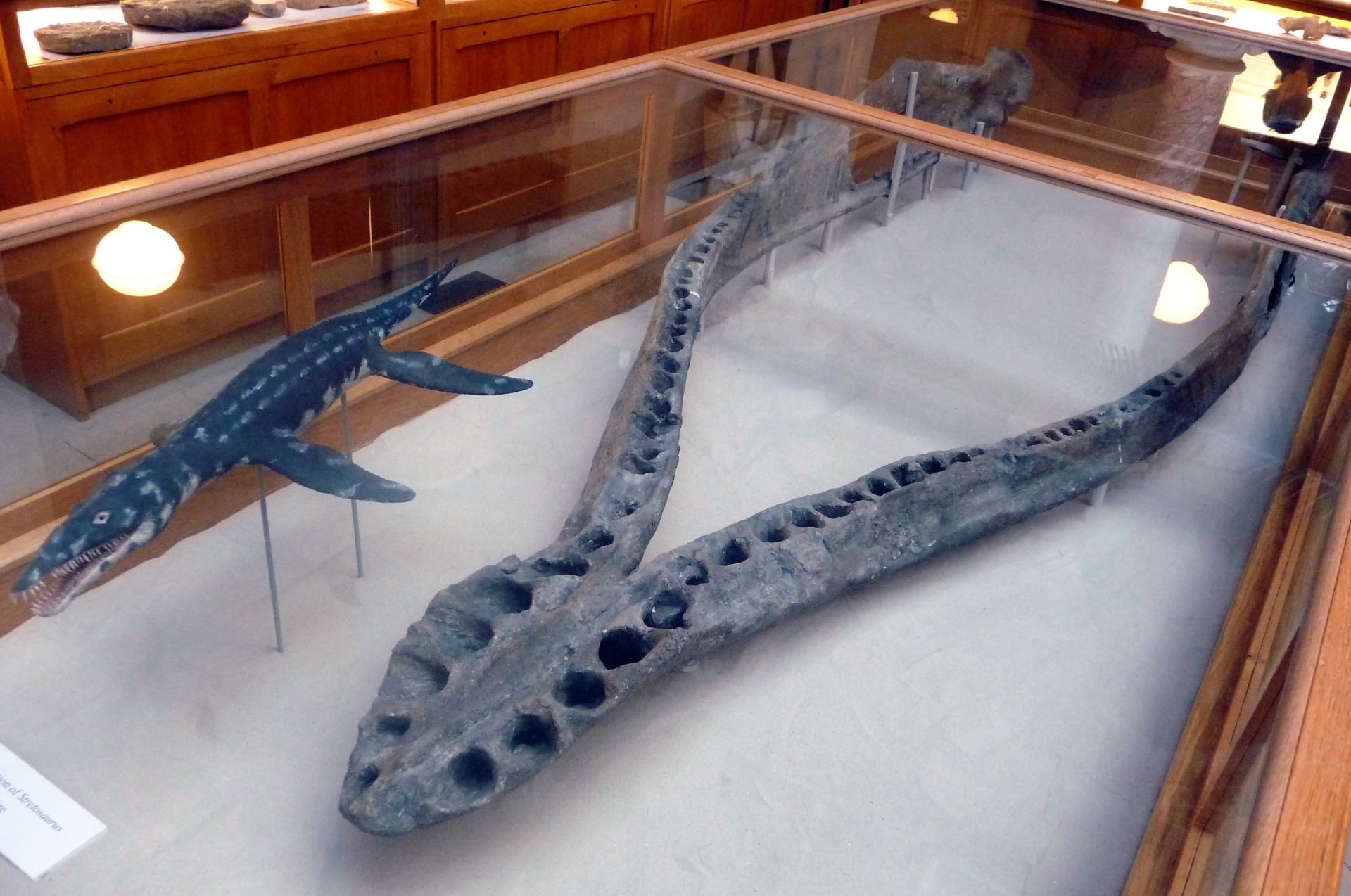
P. macromerus is known by several fossil fragments, the most notorious of these being the “Cumnor mandible”: OUMNH J.10454 – an anterior rostral tip with associated trihedral teeth. Unfortunately, due to the heavily-reconstructed nature of the Oxford University Museum specimen (some say “stretched” to 287.5 cm = 9.4 feet) and limited other material, it has, historically, been difficult to accurately predict the size Macromerus attained. That is, in addition to the fact that, with reptiles experiencing indeterminate growth, the odds of an individual found specimen representing the species’ maximum size are astronomically low. A sad state of affairs that seems to be the norm, when attempting to accurately document an apex predator that stalked the Jurassic seas for millions of years.
But sometimes things change.
Fast forward to May of 2009, and paleo-artist/sculptor and amateur paleontologist Andrew Cocks, along with his friends Barry and Kai, were fossil collecting on the UK’s “Jurassic Coast”, a World Heritage Site on the English Channel coast of Southern England. After four hours without luck, Andrew spotted what looked like a piece of bone peeking out of the clay as they were returning to their car. Another four hours of moving heavy rocks and meticulously cutting away the clay that covered the specimens, and Andrew realized he had uncovered the pubes (one intact, one damaged), both illiums, and one ischium, from a large pliosaur, which would later be confirmed to be P. macromerus.
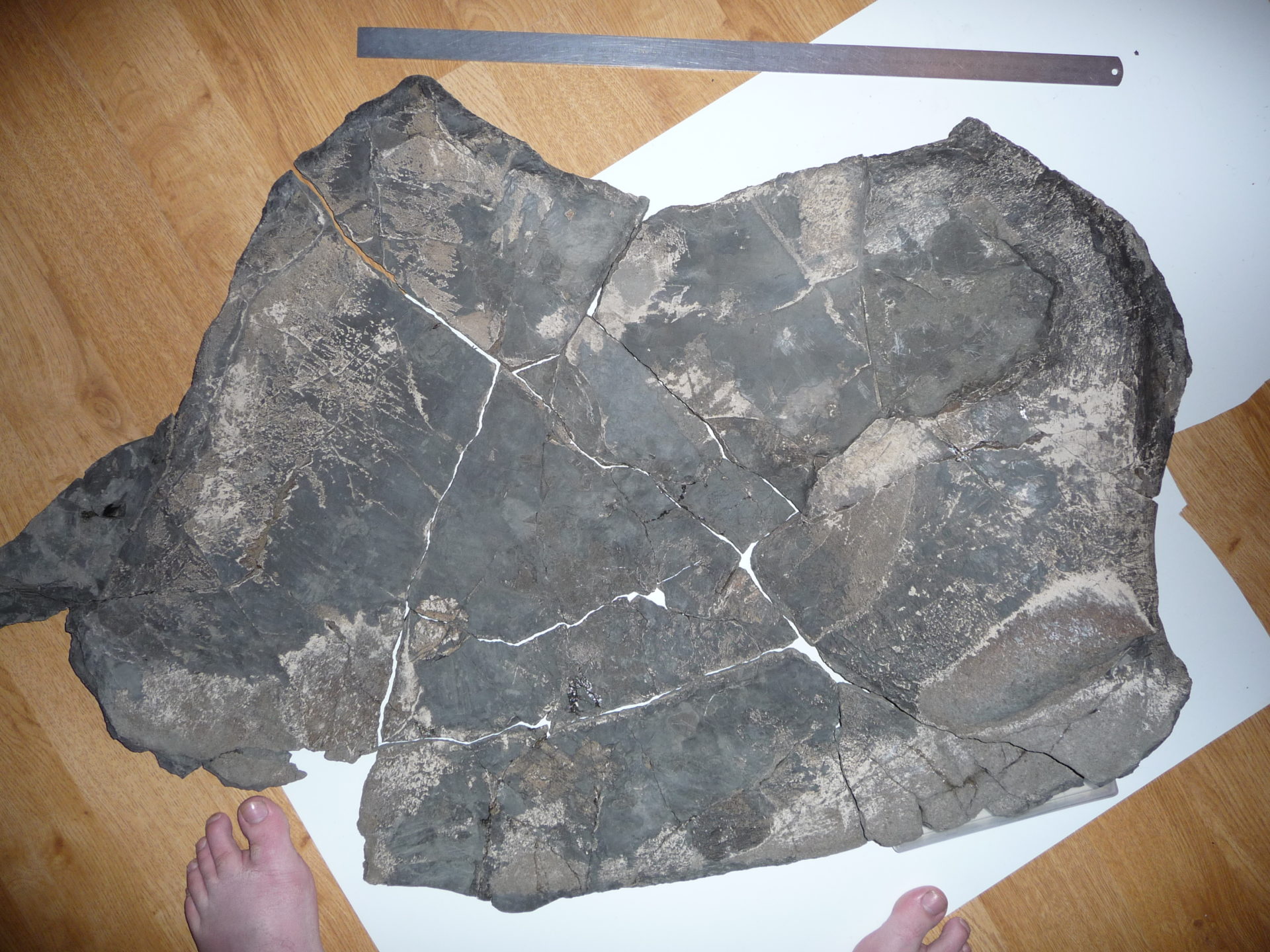
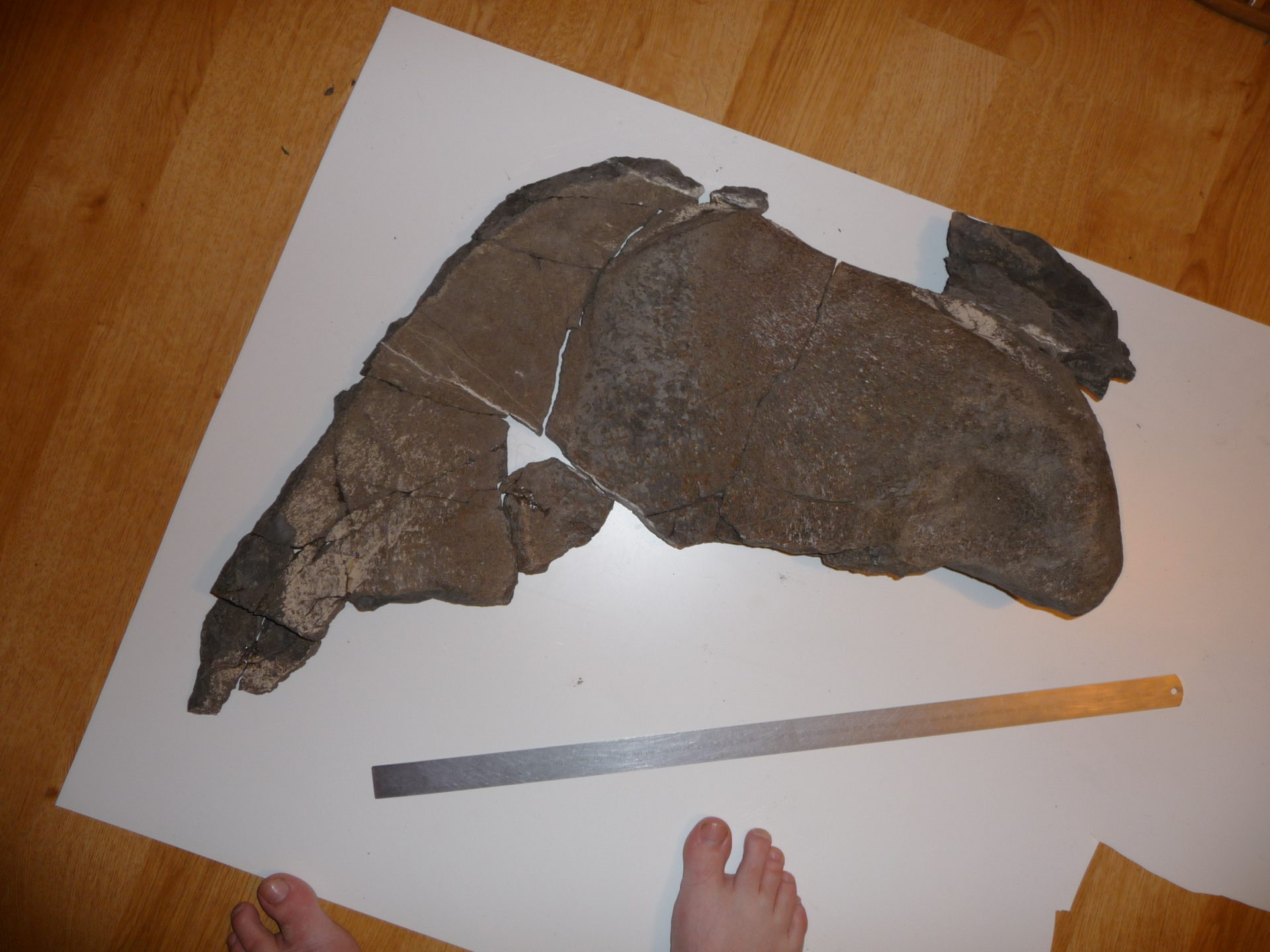
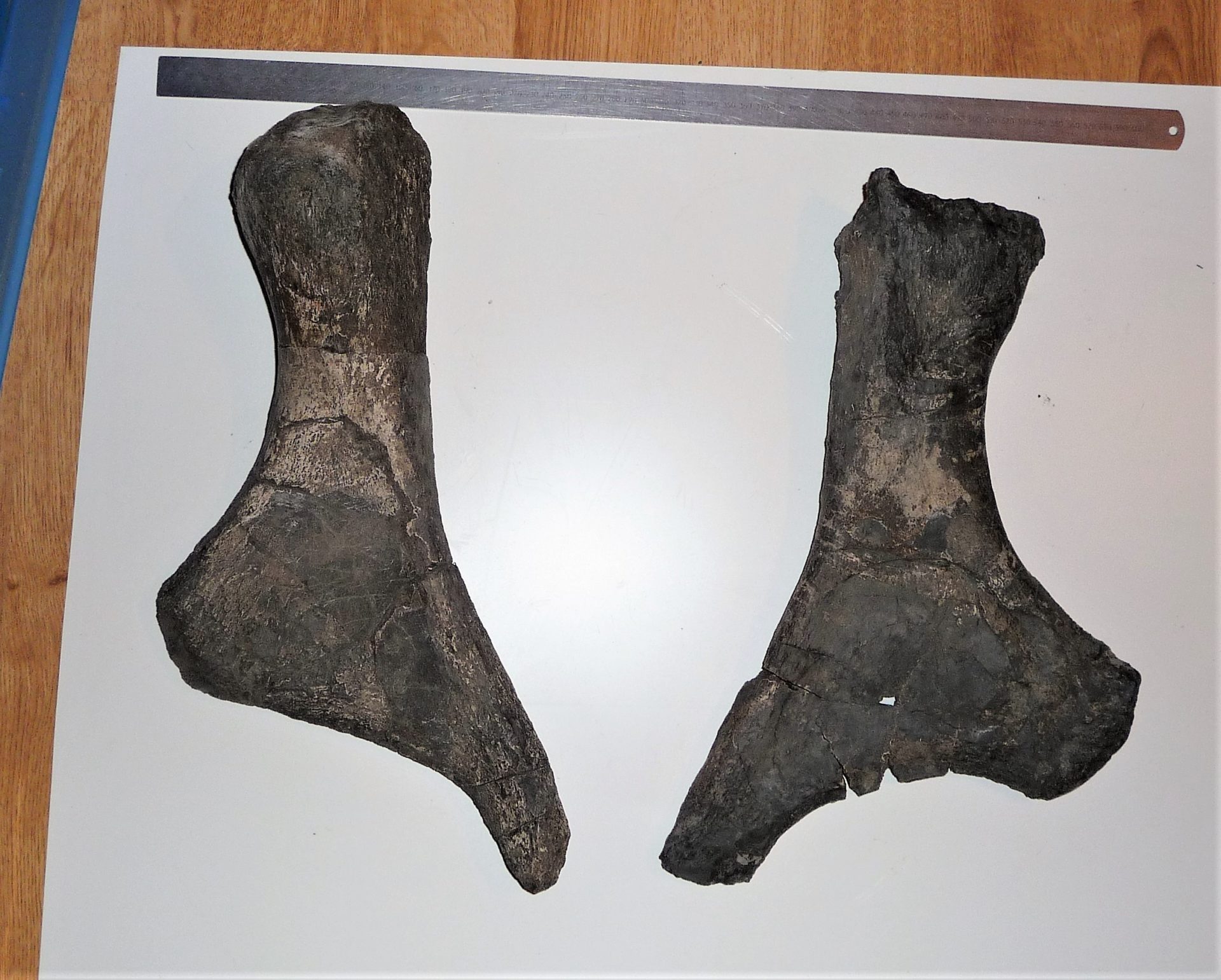
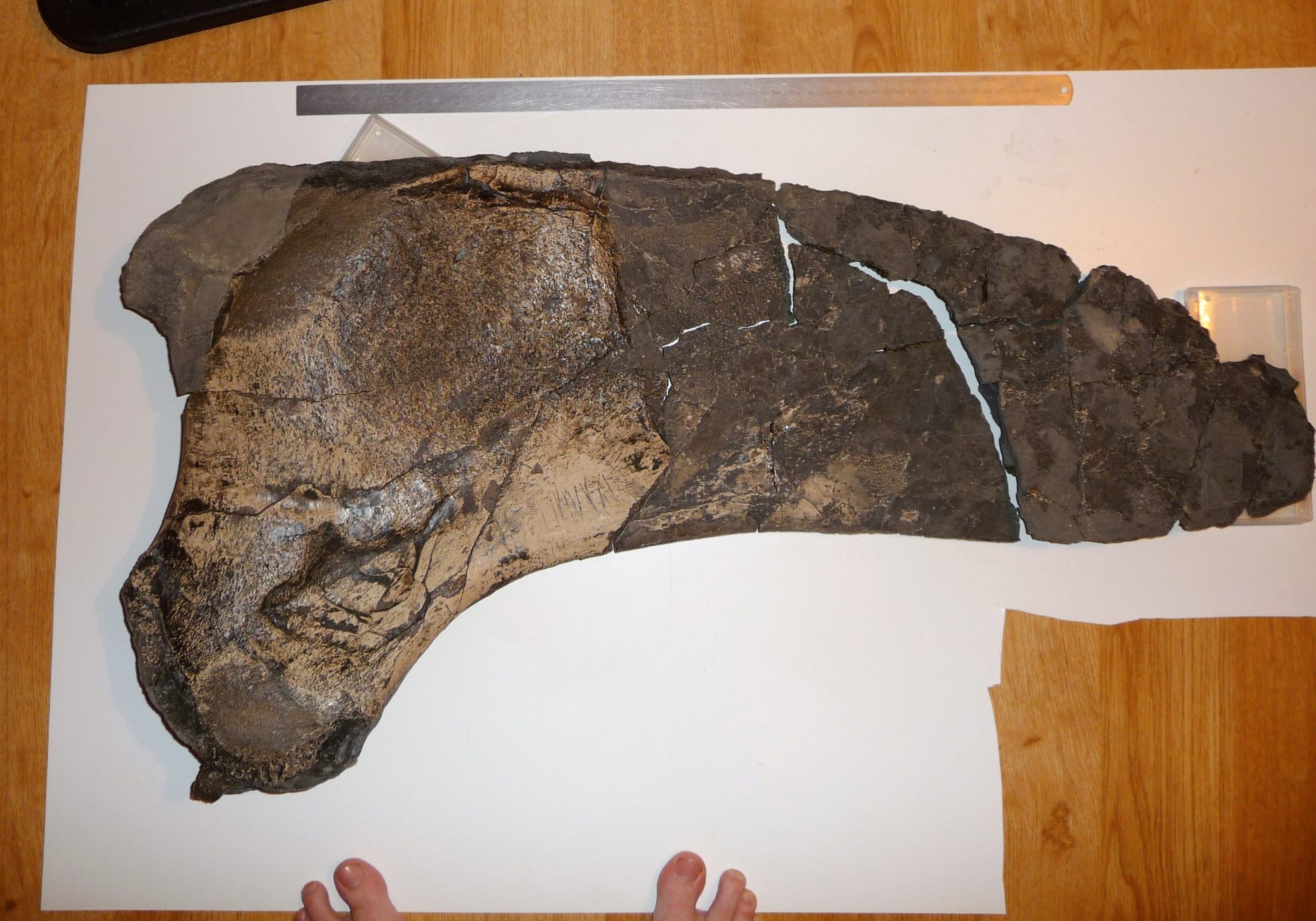
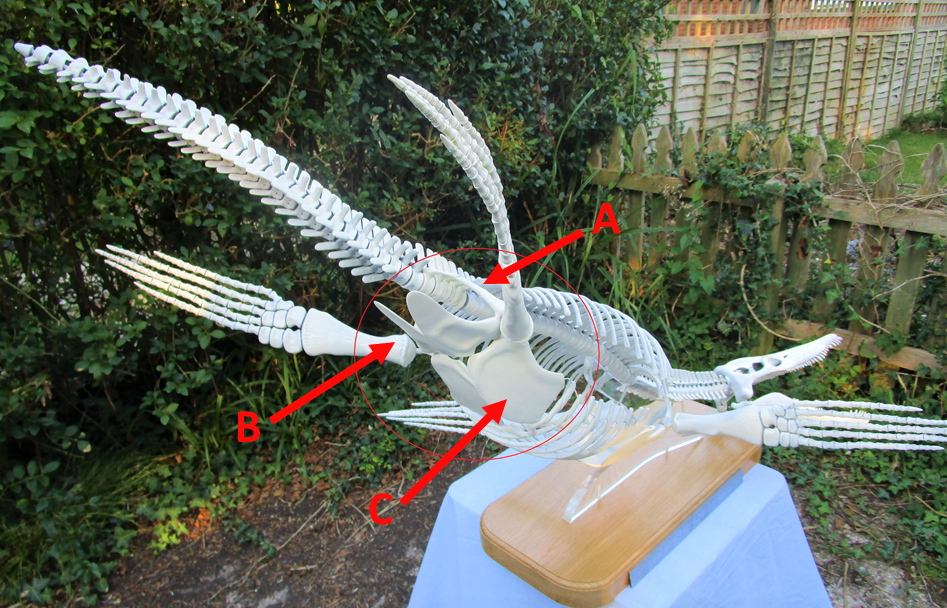
As it turned out, Andrew’s find was incredibly fortuitous. Not only because he uncovered the largest and most complete specimens of their kind for the species to date, but because that section of beach only exposed new material to that degree once or twice every five years. The find also led to him meeting his hero, Sir Richard Attenborough, as well as Steve Etches, an established collector with forty years of research under his belt, and owner and curator of the Etches Collection Museum of Jurassic Marine Life. http://www.theetchescollection.org/home. Amazingly, a few years later, Steve would personally uncover the second illium that matched Andrews’ specimen.
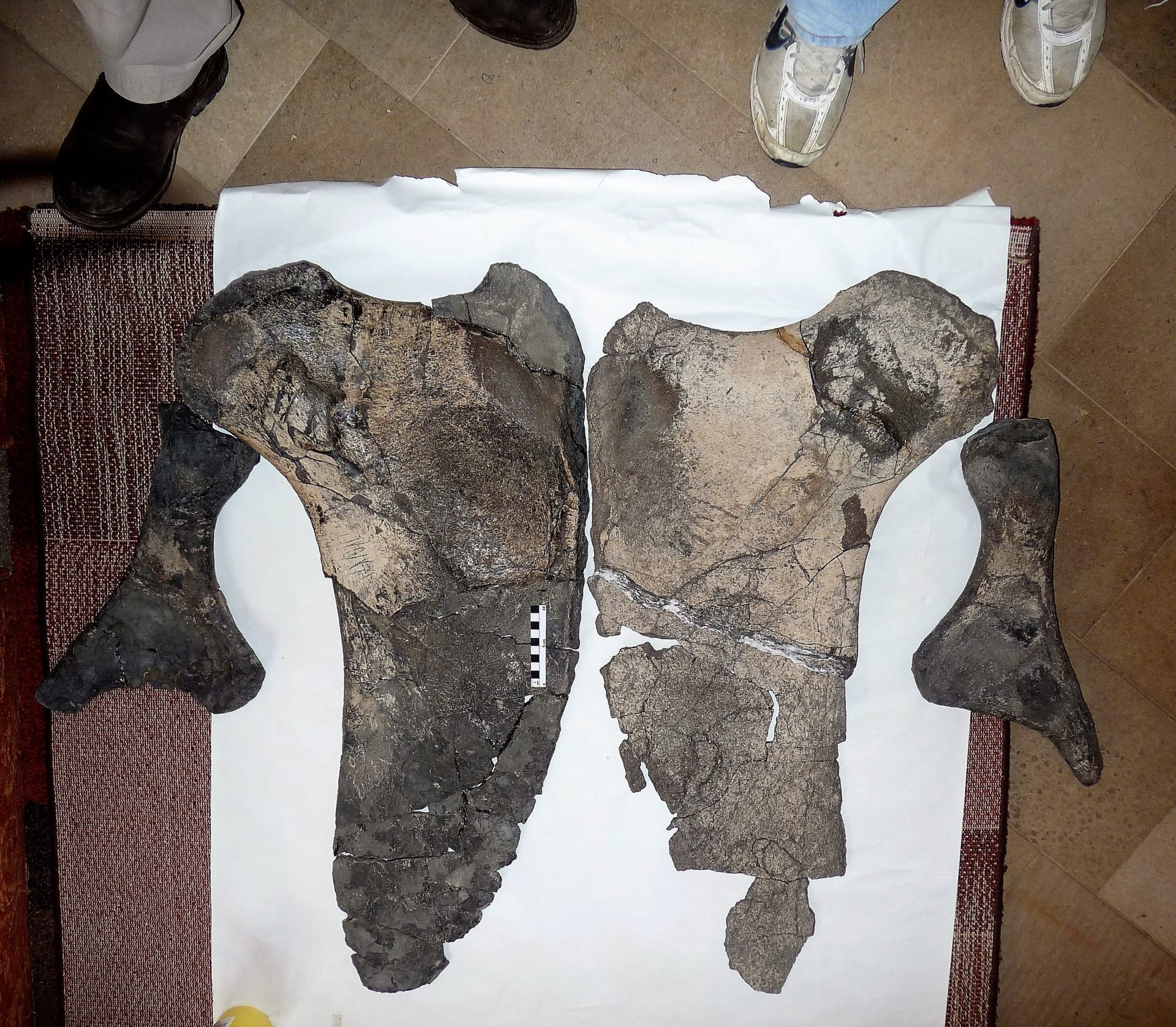
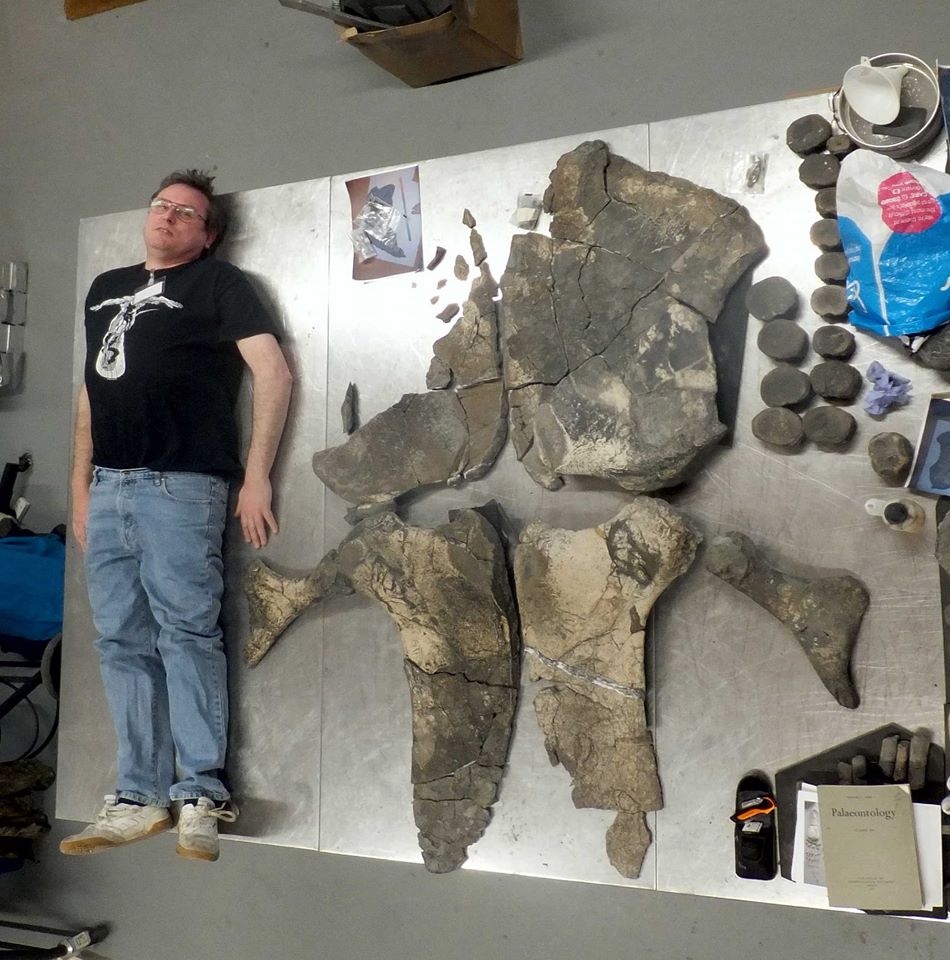
The excitement over Andrew’s discovery turned out to be far-reaching, and included commissions from both the Dorset County Museum (http://www.dorsetcountymuseum.org) and The Etches Collection Museum (to which Andrew has generously decided to donate his find) to do life-size and scientifically accurate reconstructions of the head of Pliosaurus macromerus. With the skeletal portions of Macromerus he had obtained at his disposal, Andrew compared his specimen to other known and more established taxon, including Pliosaurus kevani, and was able to accurately calculate its overall size and proportions.

His specimen (keep in mind that there are fragmentary remains, including in the Etches Collection, that suggest the animal grew substantially larger) would have had a skull/mandible length of 2.4 meters (7.85 feet) equating to 2.6 meters fleshed (8.5 feet), with the largest tooth crowns exceeding 150 mm (6 inches). Using the established 5:1 ratio head-to-total-length formula for Jurassic pliosaurs (Naish), Pliosaurus macromerus potentially reached 13 meters, or 42.5 feet (fleshed). Weight is debatable, but at that length, I calculate its mass at somewhere in the range of 28-30 short tons. Any way you slice it, it was an impressive animal; one that, when pitted against the heroes in my novels, makes for a truly terrifying antagonist.
Of course, there were larger pliosaurs, as pending posts will soon show.
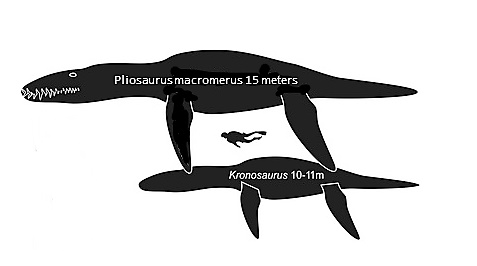
I hope you’ve enjoyed my first spotlight on the amazing predators known as pliosaurs. And congratulations to Andrew and colleagues on an amazing find, as well as the incredible work he has crafted for museums and private collectors all over the world. To reach him for possible purchases, including his 1/10th scale version of a 15-meter pliosauridae like Pliosaurus funkei (“Predator X”) you can contact him at: https://www.facebook.com/profile.php?id=100015177461658
Sincerely,
Max Hawthorne
*Evolution of the Sauropterygian Labyrinth With Increasingly Pelagic Lifestyles, (c) 2017 James M. Neenan et al
